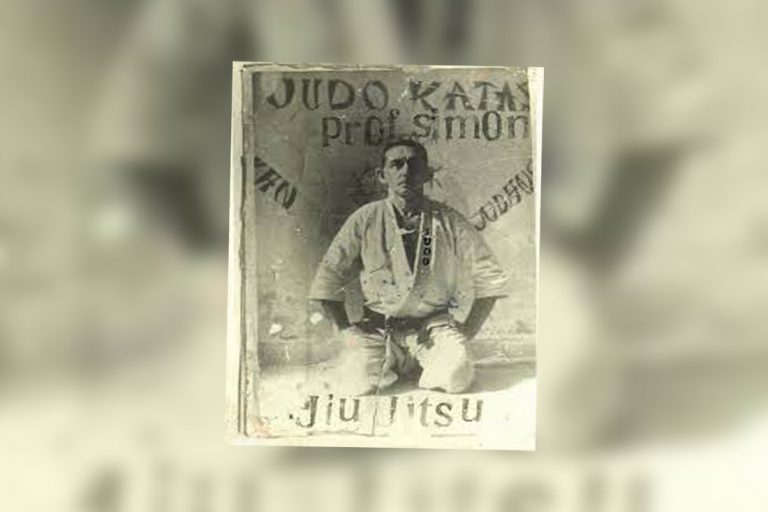Chinese to the attack
Tired of beatings, strenuous work in the fields, and of verbal abuse and moral humiliation, the Chinese were able to rebel against the ignominious slave system on the island.
Some documents on the Archive allude to violent responses by coolíes (hired) to slavers and overseers. One could cite the file processed by the mayor’s office of Puerto Príncipe, in July 1862, denouncing to the superior government the “treacherous death” due to the attack by twelve Chinese armed with machetes and hoes on the owner of La Mina de Santa Rita farm, Don Guillermo Night. , as well as his overseer, the Spanish don Juan Badell, ripostes at the moment when the “captain” (Chinese or “countryman”) tried to give “cuje con guayabo” to the rebels.
It was clear to everyone that the Chinese were neither submissive nor cowardly and that they were willing to defend their lives and dignity at any cost, while, due to the characteristics of the act with the use of a hoe to strike down the overseer, everything makes the job show. of the kobu – do or defensive use with a stick, and a technique typical of the martial arts that some Chinese mastered and had incorporated into Cuba.
Another similar event that better illustrates the probable introduction of martial arts in Camagüey occurred on January 1st, 1870. Fierce combat between Spanish and Camagüeyan forces in Minas de Juan Rodríguez or Palo Quemado, Guáimaro, when a Spanish column of 2,000 men were ambushed by the mambises under the command of the US Major General Thomas Jordan and Major Ignacio Agramonte, a clash that caused the Spaniards 200 deaths. When writing the report, Jordan said: “At the request of officers and soldiers, I ordered a machete charge on the enemy shooters (…) in this charge, a Chinese from the Northern Battalion named Sebastián Siane [Seoane or Siam], killed in our sight three Spanish soldiers with the butt of his carbine […] There is more evidence of the presence of Chinese martial arts in our wars of liberation given the contingent of skilled Chinese who fought alongside our mambises. Major Agramonte counted on them.
Judo in Camagüey
On March 22nd, 1953, the Provincial Judo and Jiu-Jit-Su Federation was founded in Camagüey, whose presidency was held by Alfredo Recio Rodríguez, one of the active promoters of judo in the province. In fact, Camagüey was the second province of the Greater Antilles to extend and develop the practice of the legendary sport of the country of the rising sun. It is worth noting that already in May 1954, among others, the judocas and first black belt Heriberto García, Rafael Acuña, Nelson Aguilar, Salvador Betancourt and Guillermo Sabatés Belizón represented the territory in the first national judo championship in Havana, a tournament where they won meritorious titles.
It is worth noting that the building of the Popular Society of Santa Cecilia was where a tatami (mattress) was placed for the first time for the practice of the sport of grasping and projections. By the way, the first woman to practice it in our city was Eunice Carmona, sister of the also black belt Eliécer Carmona.
In a few years, Camagüey would stand out in judo nationwide. Because of everything, due to the technical and competitive results achieved by our first athletes, since October 1957, Camagüey was part of the Cuban Judo Federation; deserving that on September 5th, 1958 the Grand Master 6th Dan black belt of the Kodokan of Tokyo, Masayuki Takahama, in the company of the 7th Dan black belt and former national champion Takanito Ichikawa, arrived in our city to exchange knowledge with local athletes as well as the municipalities Florida, Nuevitas, Morón and Esmeralda.
After the triumph of the Revolution and the generation of a broad sports movement under the motto Ready to Win (LPV, by its acronym in Spanish), in October 1962 the Provincial Judo Academy was opened in the old house no. 202 on Lugareño street on the corner of Rosa la Bayamesa (San Isidro), a room where students from neighborhood schools first learned about the Japanese sport, becoming a training center for athletes who would reach the top of judo in the “pleasant region of shepherds and hats ”and beyond.
But the history of martial arts in our land does not end here.
Translated by: Aileen Álvarez García






